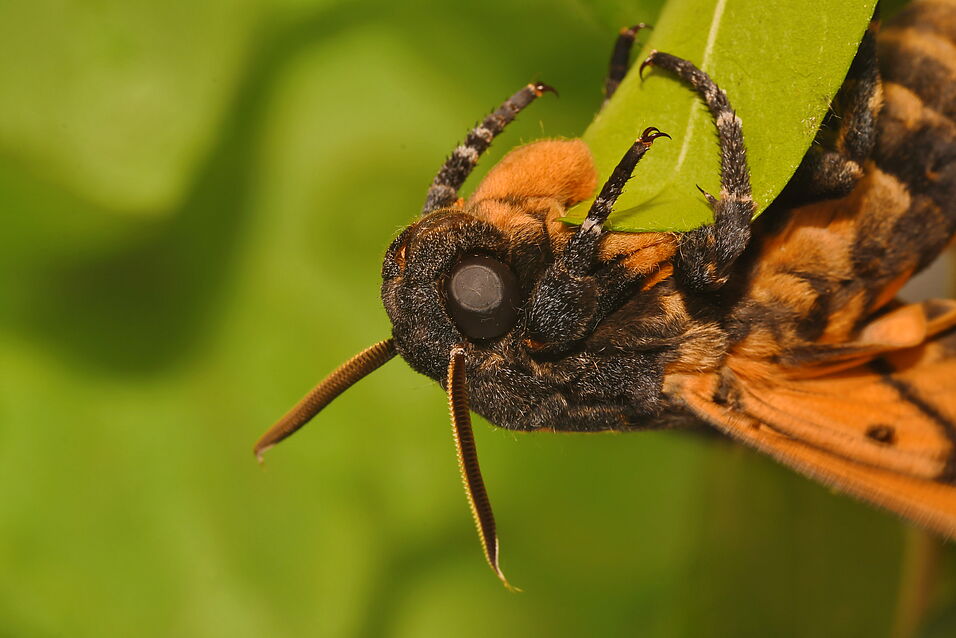MSc Student (Adv. Harald Krenn)
Unit for Integrative Zoology, Department of Evolutionary Biology
University of Vienna
Abstract
Varying proboscis morphologies in context with specialized feeding strategies are a reoccurring phenomenon in many lepidopteran lineages. Especially the death´s head hawkmoth, Acherontia atropos, is unique as this sphingid uses its ́ proboscis to penetrate sealed honeycombs inside beehives rather than retrieving nectar from flowers. This distinct behavior has led to extensive research regarding various features of A. atropos, such as chemical camouflage and proboscis anatomy in regard to sound production. Yet, recording detailed adaptations of the proboscis and stipes pump in light of food intake has been greatly neglected in the past. Therefore, in this study, morphological and anatomical analyses of the proboscis and stipes pump using serial semithin sectioning, microCT scanning as well as SEM imaging were conducted. Features of A. atropos were compared to Agrius convolvuli, a nectar feeding relative. The findings highlight a unique morphology of the short, pointed proboscis in A. atropos. The food canal opening is elliptical and in a subterminal position - providing stability and even preventing possible blockages. Anatomically, both species share a principle external and internal galea muscle composition and an almost identical stipes muscle arrangement. Yet, internal galea muscle (igm) volume in A. atropos by far exceeds igm volume in A. convolvuli whereas stipes muscle volume does not. Basal galea muscle volume is only slightly larger in A. atropos. This clearly shows that some parts of the feeding apparatus, such as the proboscis, are highly specialized in A. atropos while especially the ground plan of extra-galeal components appears to be more conserved among these related species.


